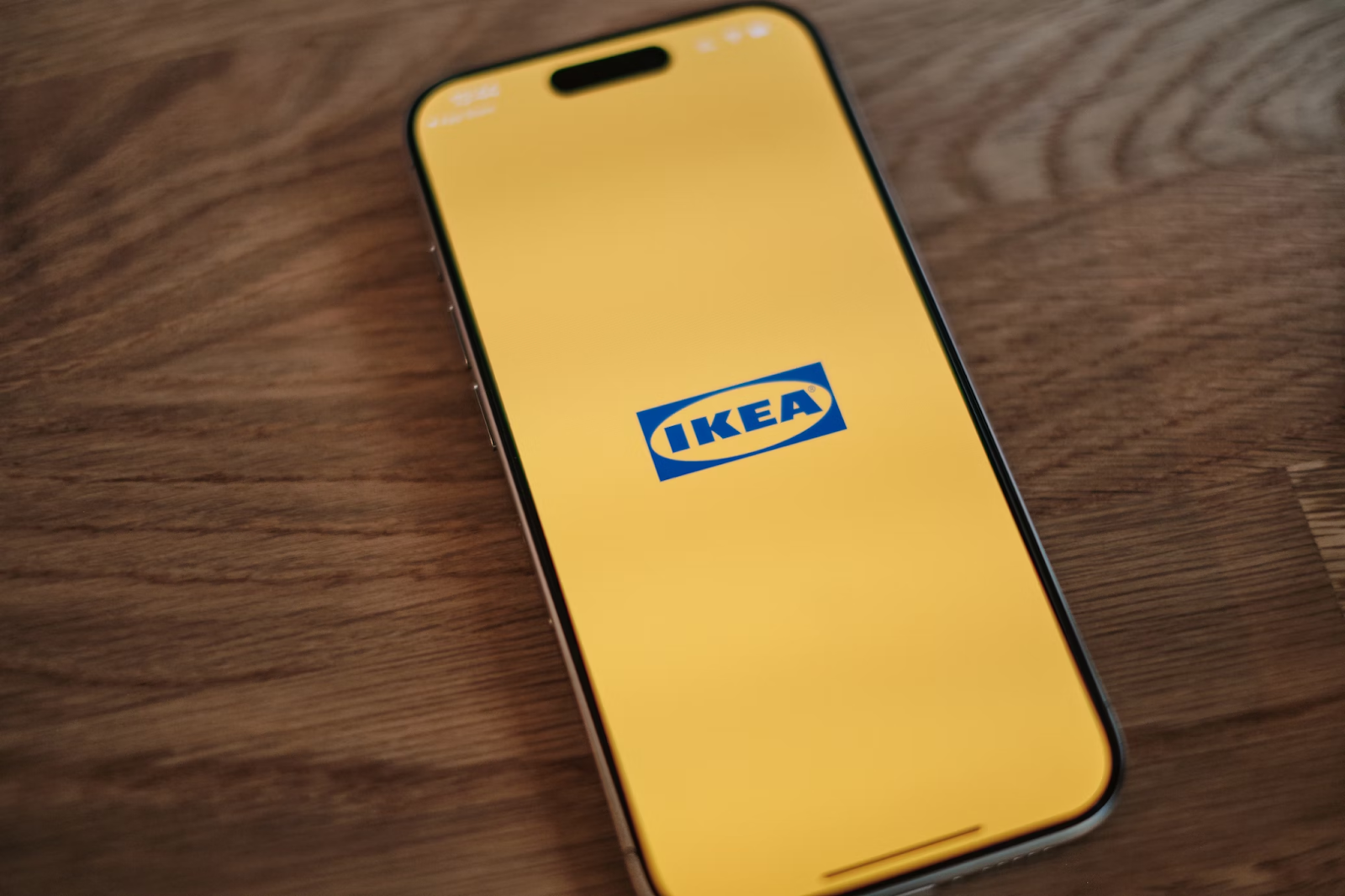%20is%20Reimagining%20eCommerce%20for%20the%20Future%20(1)%20(1).jpg)
With 45% of retailers set to adopt AR-powered technologies by the end of 2025, there's never been a better time to consider how augmented reality (AR) is reimagining eCommerce and how it can benefit your business and enhance your customers' experience.
Augmented Reality (AR) is beneficial to a range of industries, from fashion to furniture and provides customers with tangible shopping experiences from the comfort of their own home. Similarly, it helps businesses to reduce their costs and need for physical stores or showrooms.
Here, we’ll look at the key areas that AR is changing the eCommerce industry and how to incorporate it into your eCommerce strategy to increase conversions.
What is Augmented Reality (AR)?
AR is a modern form of technology that blends the digital and the physical world. This means you can put digitally created or computer-generated objects into the real world, usually through a lens, such as a camera or a phone.
So, how does AR differ from VR (virtual reality)? As the title implies, VR creates a completely virtual digital reality. In contrast, AR enables the inclusion of virtual features but layers them onto the real world.
Both AR and VR can be used strategically to enhance the consumer experience. While VR can play a central role in world building and storytelling, AR provides customers the chance to experience the brand in the real world, making it an important marketing tool.
From social media filters and app based games, AR is now being adopted by top eCommerce brands to help enhance the customers' shopping experience in a variety of ways.
Virtual Try-On
One of the best uses of AR in eCommerce is to allow customers to virtually try on clothing or beauty products, without having to visit a bricks and mortar store.
In the beauty world, French e-commerce cosmetics giants Sephora have led the way for using augmented reality to provide online customers with virtual try-ons, allowing them to try.

Online fashion retailer ASOS introduced its ‘See My Fit’ feature, providing shoppers with the opportunity to select models with similar sizing to them and see a realistic representation of how clothes would fit on them.
This also promotes and introduces more inclusivity and diversity into the shopping experience, giving increased visibility to real shoppers.
AR provides customers with more ways to engage with products in relation to themselves, helping them to make informed purchasing decisions. This can also help to reduce the return rate, a real challenge faced by businesses in Australia which has a terrible impact on the environment.
Enhanced product visualisation
AR has also been widely adopted by the furniture industry to help customers visualise larger items of furniture in their homes. Swedish furniture company IKEA uses AR in various ways to enhance the consumer experience.

Firstly, their AR mobile app lets customers visualise their products in their home, by placing furniture into their rooms in an augmented reality. This can help customers accurately assess if a product will fit in their space.
They have also used AR to enhance more costly renovation planning with their kitchen and wardrobe design visualisations, letting customers personalise and plan their storage solutions and kitchen design with high-quality and accurate imaging directly into their space.
This can help customers understand how the designs will respond to real-world features in their home, like light levels.
AR driven product demos
With 69% of consumers saying product demos are the most helpful type of content when deciding whether to make a purchase, businesses can further enhance video demos by using AR.
Not only does this showcase products in a detailed way in comparison to static images or even standard videos, but it also allows customers the chance to experience the product in relation to themselves or their spaces.
From directions on how to install or set up an item, to common troubleshooting, product demos can provide information about the full lifecycle of the product to new and existing customers.
Improved personalisation
With the ability to project products into potential customers' real worlds, there is automatically an element of increased personalisation when using AR in eCommerce.
AR try-on features and product visualisations help customers to very easily understand how a product will work on their bodies or in their homes, making it an inherently personalised service.
Not only that, but paired with AI-powered machine learning, AR can be trained to remember former decisions and choices and suggest more suitable options, creating a virtual personal shopping experience.
Increasing customer engagement
AR is a vital marketing tool that can help create memorable, immersive customer interactions with your brand, and creatively showcase your products online.
Social media AR can be used to create branded filters on social media platforms like TikTok, SnapChat and Instagram. The right AR face filter or lens on social media can become a viral marketing tool, skyrocketing your brand awareness and increasing your social-commerce credentials.

Integrated social AR also presents more opportunities for organic user-generated content (UGC), which can be used to promote trust and confidence in your brand and products.
AR can also be used in other areas of marketing, like out-of-home (OOH) advertisements with interactive, world-building features. This is particularly good when it comes to campaigns like new products, allowing you to get potential customers to really experience your brand.
Virtual showrooms
Another innovative use of AR for eCommerce brands is to create virtual showrooms to showcase products or collections. Where pop-up shops were once the trend, AR or even VR storefronts now provide the opportunity to present products to anyone, anywhere.
Advanced AR showrooms can allow customers to virtually explore these shopping spaces. This creates a more cohesive shopping experience for in-store and online shoppers, bridging the gap between digital and physical shopping in a unique way.
Virtual showrooms can help you expand your customer base in targeted new locations without committing to high rental costs right away, allowing you to build awareness and test consumer interest first.
Gamification of loyalty programmes
With increased competition and decreasing customer loyalty, retention is a big focus for many brands. AR can be used to help retain customers and reward loyalty by adopting a gamification model for loyalty programmes.
Gamified loyalty programmes powered by AR can be used to reward customers and let them ‘earn’ points for various consumer behaviours, such as repeat purchase or incentivising interacting with new AR features you introduce. This can encourage loyalty and provide a unique brand experience to help you stand out from competitors.
Final Thoughts
Incorporating AR into your marketing mix is the best way to future-proof your eCommerce strategy. With the increase in social-commerce, adding AR throughout the customer journey can help you stand out from the competition.
From attracting customers with AR-driven social filters to helping to converting them with ‘try before you buy’ technology and shoppable product demos, and finally retaining customers with gamified loyalty programmes, AR can be used to increase conversions in an effective and immersive way.
Related content
Turn your videos into sales
Boost conversions by up to 30% by turning your existing TikToks and Reels into shoppable videos directly on your Shopify store.












